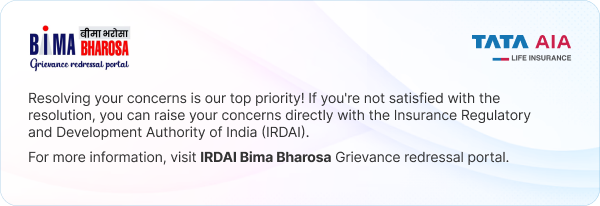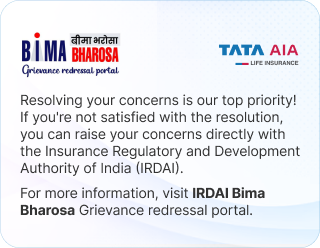Parameter |
Life Insurance |
General Insurance |
Coverage |
Protects against the risk of death or medical conditions such as critical illness or terminal diseases. It may also offer coverage for disability, depending on the policy. |
Covers non-life assets like vehicles, homes, health, theft, fire, natural disasters, or accidents. Does not offer any benefit if no damage occurs. Some plans may offer a No-Claim Bonus (NCB) on renewals. |
Purpose |
Offers financial protection to dependents in case of the insured's death. Some policies also act as a tool for long-term savings or retirement planning. |
Provides financial relief to cover expenses after loss or damage to physical assets or health. It ensures continuity after unexpected events. |
Contract Term |
547 months. |
Must be renewed annually or at set intervals to stay active. |
Claim Process |
For death, claims are made by nominees. For maturity benefits, the insured must be alive to receive the payout. Documentation, like death certificates or policy papers, is required. |
The policyholder files a claim after damage or loss. Supporting documents like bills, repair invoices, or FIR (if applicable) are needed to process the claim. |
Premium Payment |
Paid regularly (monthly, quarterly, half-yearly, or yearly) as per the policy agreement. Premiums may vary based on age and coverage chosen. |
Usually paid as a lump sum at the time of purchase or renewal. Premium depends on asset value and associated risks. |
Savings Component |
Includes a savings or investment element in endowment or ULIP policies, which provide returns on maturity. |
No savings or maturity value. It strictly covers only the risk of loss or damage. |
Beneficiaries |
Nominees or legal heirs receive the benefit after the insured's death. |
The policyholder receives compensation for damage or reimbursement of costs. |
Policy Value |
Decided based on the insured's financial goals, affordability, and needs. It can be revised with time. |
Determined by the insured asset's current value (e.g., car price, home value). Higher-value assets require higher premiums. |
Tax Benefits |
Premiums and death or maturity benefits are eligible for tax deductions under specific sections of the Income Tax Act. |
Limited to health-related policies only. Other types of general insurance may not offer tax savings. |
Renewal |
Does not need yearly renewal. The policy stays active for the entire term as long as premiums are paid. |
It must be renewed yearly or at fixed intervals to continue coverage. Delays in renewal may lead to policy lapse. |
Investment Benefit |
Available in selected policies like ULIPs or endowment plans, offering returns along with life cover. |
Not applicable, as the focus is only on risk protection and not returns. |
Compensation |
Pays a fixed amount called ‘Sum Assured’ after the death of the policyholder or maturity benefit. |
Paid to the policyholder for actual damages or covered losses, up to the policy limit. |
Calculation of Premium |
Depends on age, health, lifestyle habits (like smoking), coverage amount, and policy duration. |
Based on the type and value of the asset, risk level, usage pattern, and location of the asset. |
Influencing Factors |
Factors include age, gender, medical history, occupation, lifestyle, type of plan selected, and duration. |
Factors include asset type, usage, risk exposure, location, deductible limits, and past records. |

 FOR EXISTING POLICY
FOR EXISTING POLICY  1860 266 9966
1860 266 9966
 FOR NEW POLICY
FOR NEW POLICY 
















